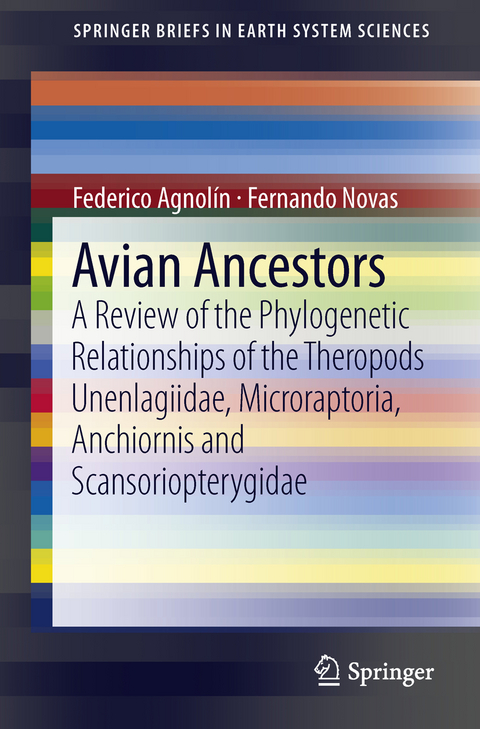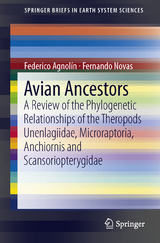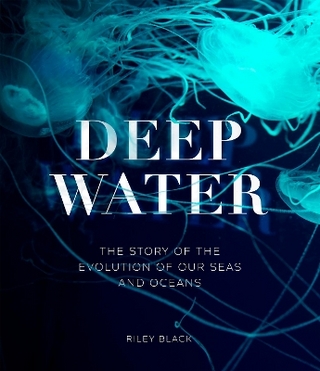Avian Ancestors
Fernando Emilio Novas is an Argentine paleontologist working for the Comparative Anatomy Department of the Bernardino Rivadavia Natural History Argentine Museum in Buenos Aires. Novas holds a PhD in Natural sciences. Working for the CONICET, he described or co-described many dinosaurs, among them Abelisaurus, Aniksosaurus, Aragosaurus, Austroraptor, Megaraptor, Neuquenraptor, Orkoraptor, Patagonykus, Unenlagia, Araucanoraptor, Skorpiovenator, Tyrannotitan, Talenkauen, and Puertasaurus, most from the Patagonia region of Argentina.
Introduction.-
Institutional abbreviations.-
Comparison: general information about the main taxa to be compared in the present paper.-
Phylogenetic analysis: review of available phylogenetic hypotheses about the origin of birds, discussing their respective logical bases and discussion of characters used for their support.-
Systematic Paleontology: systematic arrangement.-
Discussion.-
Evolution of feathers and wings among basal paravians.-
Osteological and integumental modifications related to the origin of flight.-
Body size increase and loss of flying capabilities among paravians.-
Independent origin of flying capabilities among paravians.-
Averaptoran radiation and center of origin of birds.-
Bibliography.-
Character list.
| Erscheint lt. Verlag | 15.3.2013 |
|---|---|
| Reihe/Serie | SpringerBriefs in Earth System Sciences |
| Zusatzinfo | 6 Illustrations, color; 12 Illustrations, black and white; IX, 96 p. 18 illus., 6 illus. in color. |
| Verlagsort | Dordrecht |
| Sprache | englisch |
| Maße | 155 x 235 mm |
| Themenwelt | Naturwissenschaften ► Biologie ► Evolution |
| Naturwissenschaften ► Biologie ► Zoologie | |
| Naturwissenschaften ► Geowissenschaften ► Mineralogie / Paläontologie | |
| Schlagworte | Anchiornis • Microraptoria • Origin of birds and flight • Scansoriopterygidae • Unenlagiidae |
| ISBN-10 | 94-007-5636-4 / 9400756364 |
| ISBN-13 | 978-94-007-5636-6 / 9789400756366 |
| Zustand | Neuware |
| Haben Sie eine Frage zum Produkt? |
aus dem Bereich




